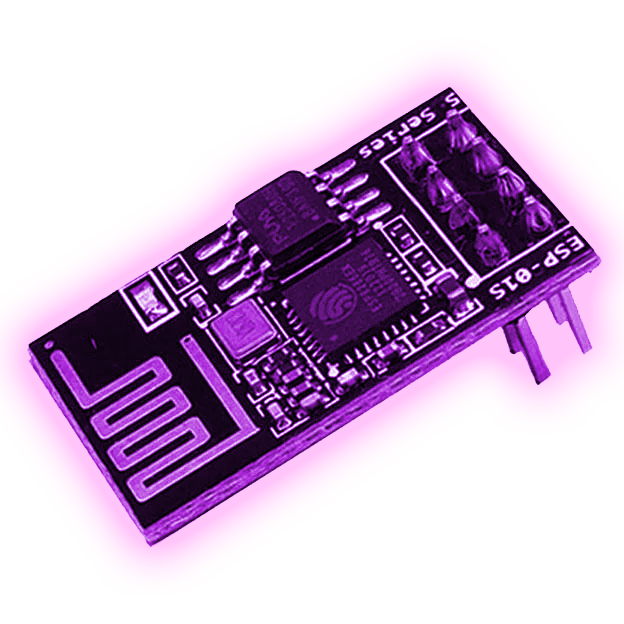This is actually a big deal, but for the wrong reasons people expect.
Many, many, many chips can do this. Its not the chip that’s the hard part, but the board, which includes the voltage regulator and RTC pieces, all designed for minimal power. Case in point: a tantalum capacitor leaks roughly 1uA (or 1000nA), so any tantalum capacitor screw you over.
Creating a design AND testing / verifying it at under 1uA sleep is difficult. Its well beyond just choosing a chip and programming its sleep state. So much of the board needs to be thought of holistically.
That’s really cool, I’m interested to see what people can make with this. As far as gpio, there’s just one I2C bus, is that right? If so, that’s still plenty for a weather station and tons of cool projects.
You know that an I2C bus is… a bus… right?
That means you can attach a lot of things onto the same bus. There’s capacitance limits, but you’re probably fine attaching 8 things or so to the same I2C bus. In theory software supports 127-additional devices to be attached, but by then parasitic capacitance would have wrecked your signal. The slower you run the bus and the higher power (ie: lower resistance on the pull-up resistors) the more stuff you can attach to the I2C bus.
There’s clearly a UART and SPI on the schematic here. So plenty of things you can use, as well as GPIO. There’s also whatever additional features from the STM32L412
The real problem is that I2C with 10k pullup resistors at 1.8V will pull… 180,000 nanoamps of current. So I2C absolutely will obliterate your low-power specs. Low-power design is a pain in the ass.
Yes, that’s why I said bus. I was simply starting discussion around what you can do with a bus, thanks for your help!
Gotcha. Yeah, busses are awesome :-)
Hi all, original developer here. I’ve listed this for sale on Tindie here if you are interested in getting one: https://www.tindie.com/products/energylabs/nanosleeper-100na-ultra-low-power-dev-board/
Happy to answer any questions as well!
Thanks for popping in. This is a really cool project.
The Ultra-Low Power list at the bottom of the page is impressive, too.
I love how excited the “IT WORKS” post sounds. I definitely know that feeling.
That could actually be the perfect thing for my mobile battery powered weather station



